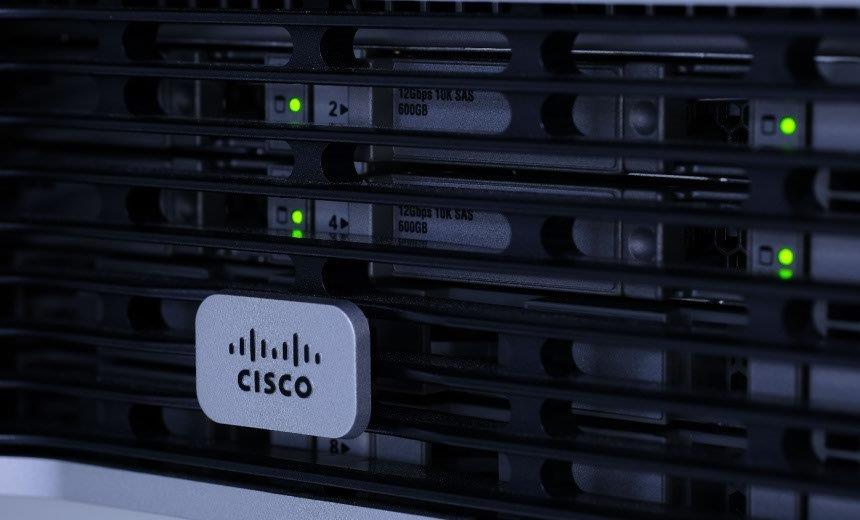Governance & Risk Management,
Patch Management,
Vulnerability Assessment & Penetration Testing (VA/PT)
Research Uncovers Exploit Risks for Popular Software

A critical vulnerability recently patched in Cisco IOS XE has been linked to the potential for remote code execution (RCE) if exploited. The vulnerability is formally identified as CVE-2025-20188, stemming from an arbitrary file upload facilitated by a hardcoded JSON Web Token in the software code.
The research team at Horizon3 disclosed a detailed analysis on Friday, which indicates that the vulnerability impacts versions of Cisco IOS XE Wireless LAN Controller software up to and including 17.12.03. While this analysis does not include a direct RCE exploit, it outlines a comprehensive vulnerability chain that could potentially be leveraged by sophisticated threat actors or even advanced AI systems.
This vulnerability revolves around an unauthenticated file upload, which is exacerbated by the presence of a hardcoded JSON Web Token. According to Cisco’s security advisory, remote attackers can exploit the vulnerability through targeted HTTPS requests to the Out-of-Band AP Image Download feature, allowing for file uploads, path traversal, and command execution at root privileges.
The scope of affected devices is broad, with Cisco’s Catalyst 9800 wireless controllers and various embedded solutions commonly employed by enterprises, government sectors, educational institutions, and large public venues worldwide to manage extensive wireless networks. Specific models at risk include the Catalyst 9800-CL Wireless Controllers, Catalyst 9800 Embedded Wireless Controller for various switch series, and others involving embedded wireless solutions.
Horizon3’s reverse engineering has revealed that changes were made to critical scripts responsible for validating JSON Web Tokens and handling uploads. These scripts can be triggered on specific endpoints, which, if exploited, could allow attackers to upload files to critical directories. Researchers were able to demonstrate that malicious files could be placed in web-accessible locations, paving the way for arbitrary code execution.
To mitigate risks, Cisco has issued patches, while also suggesting that users disable the Out-of-Band AP Image Download feature as a temporary measure. This practice would shift wireless controller image upgrades to a more secure CAPWAP method. Cisco emphasized that there are no practical workarounds apart from applying updates or disabling the vulnerable feature.
The disclosure of such technical details, while not yet weaponized, poses a serious threat as it lowers the barrier for exploit development. Potential MITRE ATT&CK tactics that may have been exploited include initial access through arbitrary file upload, persistence via command execution processes, and privilege escalation facilitated by executing code with root access. Business owners must remain vigilant and proactive in their cybersecurity measures in light of these developments.
